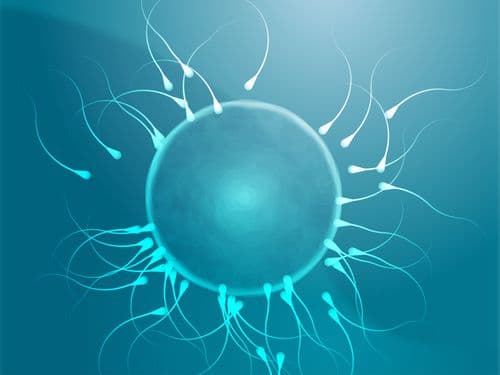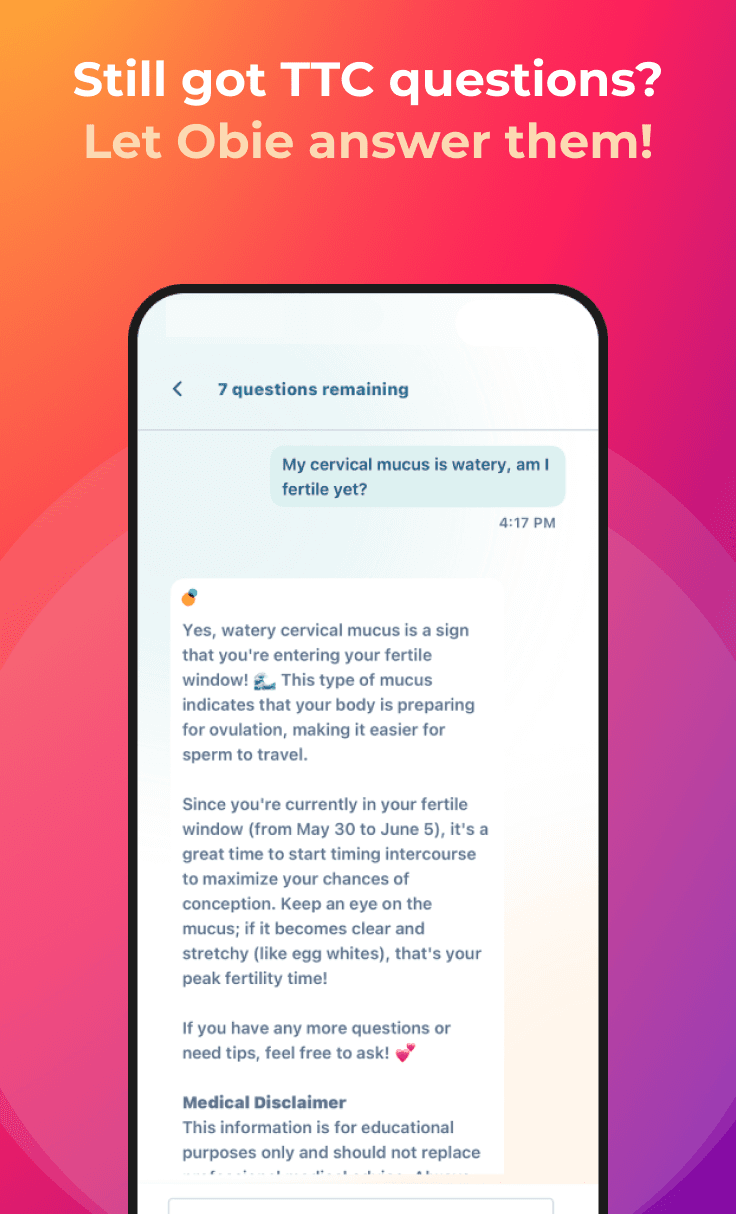Sperm Count Calculator
Fertility Tools
Obie Editorial Team

A sperm count, also known as a semen analysis, checks for problems that may contribute to infertility. Keep in mind, it's not just the total number of sperm that's important; factors such as motility and morphology play a big role.
The three components of sperm health:
- Quantity: A man is most likely fertile if his ejaculates (the semen discharged in a single ejaculation) contains more than 39 million sperm.
- Quality: He is most likely to be fertile if more than 4 percent of his sperm have a normal shape and structure. A normal sperm has an oval head and a long tail, which work together to propel it forward. Sperm with large, small, tapered crooked heads or kinky, curled, or double tails are less likely to fertilize an egg.
- Motility: To reach the egg, sperm have to move on their own — wriggling and swimming the last few inches to reach and penetrate the egg. He's most likely to be fertile if more than 40 percent of his sperm are moving.
How long do sperm live?
Sperm can live from several minutes to several days depending on their environment. The survival of sperm depends on the conditions under which they are being held.
Sperm exposed to air, deposited on clothing, bed linens, or toilet seats, for example, dry out very quickly and die, usually within minutes after ejaculation.
A sperm sample collected in a sterile container at body temperature may remain alive for several hours, but the sperms' fertilizing capability drops dramatically within 60 minutes after ejaculation.
Sperm that moves from the vagina into the uterus can survive longer. Studies have shown that conception is possible up to five to six days after intercourse. It is quite possible for some sperm to survive that long in the uterus, usually in the cervical mucus or the fallopian tubes. However, that is not typical. Most sperm die in the uterus within 24-48 hours after ejaculation, so the more time that has passed after ejaculation, the less likely the egg will be fertilized.
In excellent laboratory conditions and in a nutrient medium, they can remain alive for up to seven days. Sperm can be frozen at extremely low temperatures (but not in the refrigerator) and survive for years.
Sperm can survive in the vagina for up to several hours. Most sperm die in the cervix within 24-48 hours, but some can survive for 4-5 days. Some sperm can also survive in the fallopian tubes for several days.
Why does low sperm count occur?
Low sperm count is the one that is most often discussed, but there are other causes of male infertility, such as testicular damage and poor sperm quality. There are many different disorders that can lead to sperm problems including:
- Hormonal problems
- Physical problems
- Psychological problems
- Testicular damage resulting in an inability of the testicle to produce sperm
How does the sperm calculator work?
The babyMed sperm calculator calculates the total motile sperm count while at the same time taking the motility and morphology into consideration. It will tell you if you have a sufficient sperm count. This calculator will also provide you with additional information about male fertility.
Read More










